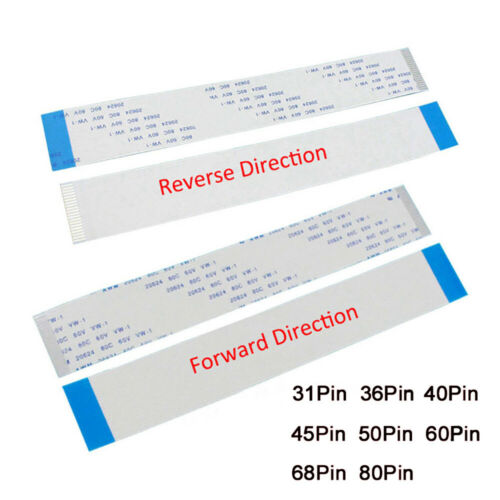-40%
mikroBoard ARM-64, LPC2148 CPU Module w/ USB bootloader
$ 5.54
- Description
- Size Guide
Description
mikroBoard ARM-64, LPC2148 CPU Module w/ USB bootloaderMIKROE-649
The mikroBoard modules are designed to plug into the
UNI-DS6
universal development system, but they can be used standalone as well. This module also can be plugged into the old
EasyARM v6
development system.
This board includes an NXP LPC2148 microcontroller in 64-pin LQFP soldered and with a bootloader application installed. A mini-USB connector attached to a USB-UART module is provided for programming. A JTAG port is provided to support in-circuit debugging with your own ARM-JTAG hardware. Another USB connector is provided for MCU USB port access, and the board as a microSD card slot as well.
mikroBoard ARM-64 Features
Bootloader installed
mini-USB programming connector
JTAG connector for programming/debugging
Specialized reset circuit
LPC2146 MCU from NXP
3.3V power regulator circuit
8Mbit Flash memory for SPI
microSD card slot
Power and USB link LEDs
On-Board crystal oscillator
Can be used as a standalone device
mikroBoard as MCU card
The main purpose of the mikroBoard is as an MCU card for the UNI-DS6 or
EasyARM v6
development system. For connection with the system, the mikroBoard has two 2×40 female headers. Installed on the MCU is a bootloader application. To program the MCU with a PC, just plug a mini-USB cable into the
Programmer
USB port.
Note:
On the UNI-DS6, the socketed resistor arrays next to each of its 11 I/O-port DIP switches should be replaced with the alternative A104J arrays included with the UNI-DS6.
mikroBoard as standalone device
To use mikroBoard as standalone device, it is necessary to place jumper J3 (STANDALONE). In standalone mode, mikroBoard can get power from a PC via USB or through the 2×40 female header. When power is supplied to the 2×40 female header, it must be a regulated 5V supply. An on-board regulator brings the voltage down to 3.3V.
mikroBoard for 64-pin ARM User Manual
mikroBoard for 64-pin ARM Software Examples
FlashMagic Tool









